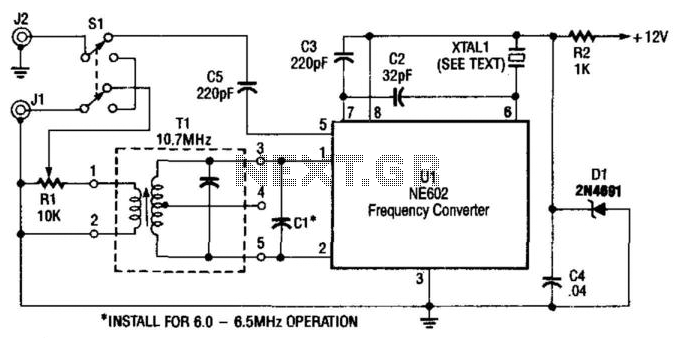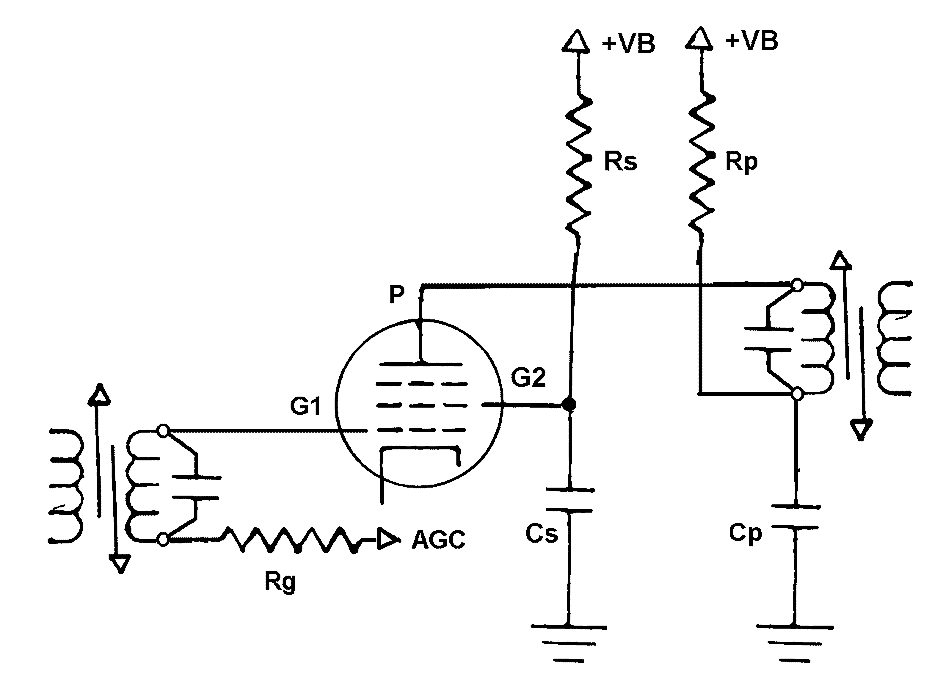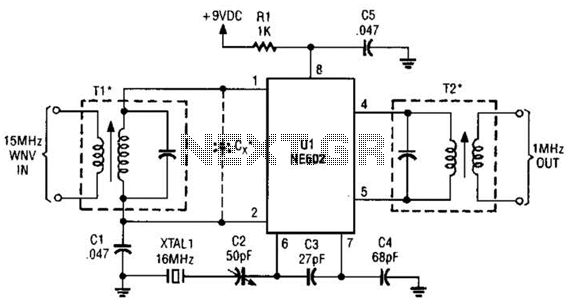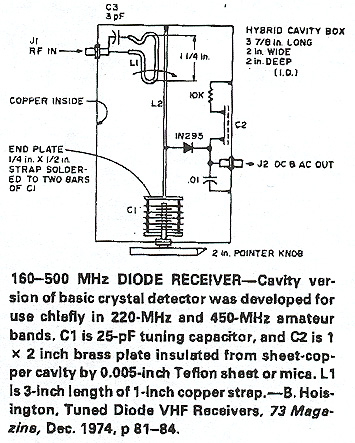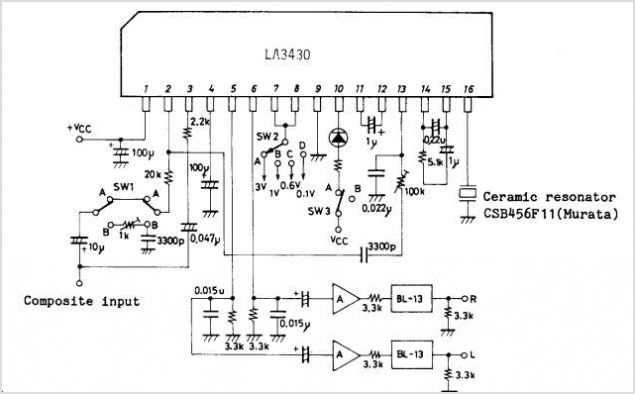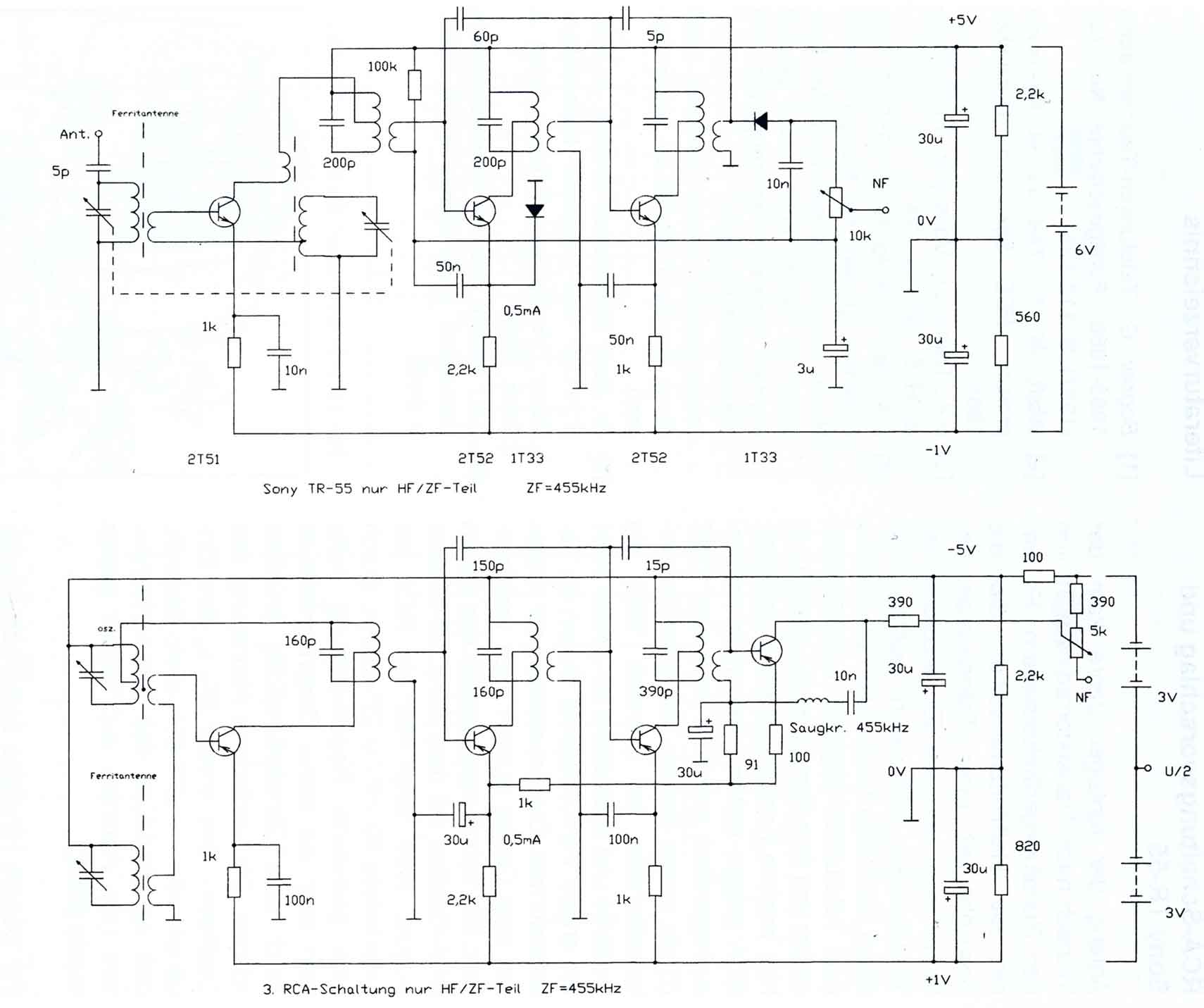
LA1600 Single-band AM Radios
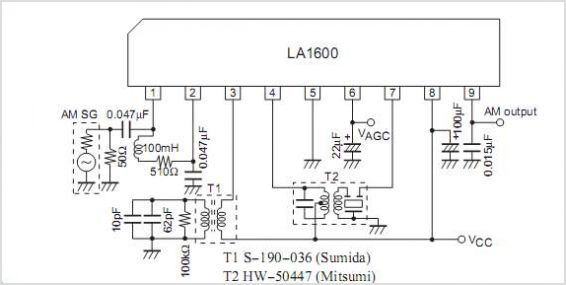
The LA2010 is an integrated circuit designed for detecting interprogram spaces, allowing for the identification of the starting point of a program that immediately precedes or follows a musical program recorded on tape. It is manufactured by Sanyo Semiconductor Corporation.
The LA2010 integrated circuit is primarily utilized in audio playback systems, particularly those involving magnetic tape media. Its core functionality revolves around the ability to detect gaps or interprogram spaces on a tape, which are crucial for accurately locating the beginning of audio tracks. This capability is essential in applications such as cassette players, where seamless transitions between tracks enhance user experience.
The IC operates by analyzing the audio signal to identify periods of silence or low amplitude, which signify the interprogram spaces. Upon detection, the LA2010 can trigger mechanisms to either pause playback or prepare for the next program segment, ensuring that users do not miss any content during transitions. The device is characterized by its low power consumption and compact design, making it suitable for portable audio devices.
In terms of pin configuration, the LA2010 typically includes input pins for audio signal, output pins for control signals, and power supply pins. The integration of this IC into an audio system requires careful consideration of the surrounding components, such as capacitors and resistors, to optimize performance and ensure reliable operation. The device's ability to work with various tape formats further enhances its versatility in different audio applications.
Overall, the LA2010 represents a significant advancement in audio processing technology, enabling more sophisticated playback features in consumer electronics.The LA2010 is an IC for detecting interprogram spaces to pick out the starting point of a program immediately preceding or following a musical program recorded on tape. By Sanyo Semiconductor Corporation 🔗 External reference
The LA2010 integrated circuit is primarily utilized in audio playback systems, particularly those involving magnetic tape media. Its core functionality revolves around the ability to detect gaps or interprogram spaces on a tape, which are crucial for accurately locating the beginning of audio tracks. This capability is essential in applications such as cassette players, where seamless transitions between tracks enhance user experience.
The IC operates by analyzing the audio signal to identify periods of silence or low amplitude, which signify the interprogram spaces. Upon detection, the LA2010 can trigger mechanisms to either pause playback or prepare for the next program segment, ensuring that users do not miss any content during transitions. The device is characterized by its low power consumption and compact design, making it suitable for portable audio devices.
In terms of pin configuration, the LA2010 typically includes input pins for audio signal, output pins for control signals, and power supply pins. The integration of this IC into an audio system requires careful consideration of the surrounding components, such as capacitors and resistors, to optimize performance and ensure reliable operation. The device's ability to work with various tape formats further enhances its versatility in different audio applications.
Overall, the LA2010 represents a significant advancement in audio processing technology, enabling more sophisticated playback features in consumer electronics.The LA2010 is an IC for detecting interprogram spaces to pick out the starting point of a program immediately preceding or following a musical program recorded on tape. By Sanyo Semiconductor Corporation 🔗 External reference
